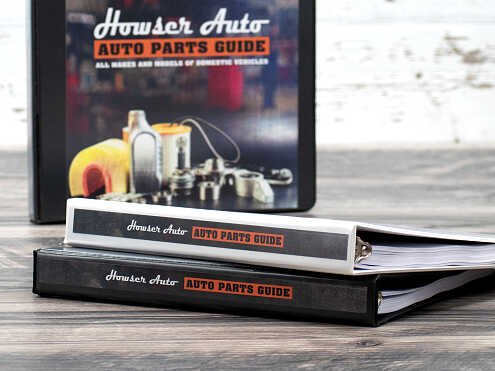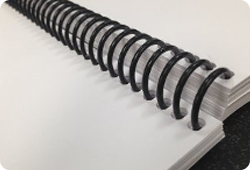

After the glue sets, the book is trimmed. Strong thermal glue is applied along the spine and the book cover is wrapped around the block pages to adhere to the glue along the spine. The spine side is trimmed to get rid of the folded edges and made more rough to expose the paper fibers and increase the bonding of the glue. Perfect Binding Processįolded signatures (pages that are folded into sections) are stacked together in page order. Trade, paperbacks, graphic novels, colouring books, literary journals, quarterly magazines, catalogues, soft cover children’s books, poetry books, autobiographies, collections.

“Perfect binding” refers to the pages that have been cut out to be the same size allowing them to stack perfectly. The pages are held together using a strong adhesive. The printing method forms a flat printable spine, allowing for a title or information on the spine and the cover is usually made from a heavier weight cardstock paper that is coated or laminated to protect the ink on the cover. It was introduced in the 1920’s and enabled the mass production of inexpensive magazines, directories and paperback books. For this reason, it is also known as softcover binding. Perfect binding is the most widely used type of binding and is utilised for softcover books and trade paperback books. Perfect Binding / Paperback Perfect Binding Overview Versatile method of binding in which pages are adhered together with glue. Stack of pages is adhered to a “cap” which binds the covers of the book so the pages move independently from the spine. Straight cut intended to remove excess paper or folds of signatures.Īny method that uses thread to sew the signatures together. īound block of trimmed signatures, including end sheets, which is then attached to the case. The width of the score should equal the caliper of the paper.Īny binding technique, including the use of combs and coils, that does not involve adhesives, sewing, or stitching. Process of creating a ridge on paper to produce an accurate fold and prevent cracking. The more pages, the more likely that this will occur. Tendency of the inner pages of a saddle-stitched or sewn book to extend further from the spine than outer pages. Folded signatures are gathered or inserted into one another to make a larger book. Book Binding – Key Terms TermĪlso called a press form, a large sheet of paper printed with several pages, which upon folding becomes a section or all of a book.

As such and because of the fact that binding decisions are typically based on practical considerations such as page count, number of critical crossovers, bulk and weight of stock, shipping, distribution method and printing quality, it is one of the most overlooked design options – in reality, a binding method can become an integral part of the editorial content of the print product.īefore we have a look at the most common binding techniques, here are some useful definitions to have in mind.

However, within these limitations, there is scope for a variety of design possibilities. The binding method is usually dependent on a book’s physical size and thickness, its functionality and cost. In this guide, we discuss some of the most common binding techniques, highlighting each method’s characteristics, genre or book type and process to help you make an informed decision about which method is right for your project. From Chinese logographs, to the Archimedes drill and the steam engine powered press all the way to offset lithography and 21st century print communications, the history of binding is the history of the passion for language and literature. Did you know that binding actually predates the invention of printing, paper and the alphabet system of writing? When the ancients moved from drawing symbols and pictographs onto stone and clay to writing on more pliable materials such as palm leaves, parchment, bamboo, wooden slats and papyrus, they needed ways to logically and neatly organise their larger documents by tying, sewing and gluing loose sheets together.įrom there, binding methods were adapted, changed and progressed with technological advancement. There are a number of methods of binding books and each has its advantages and disadvantages depending on the purpose of the book or print product.


 0 kommentar(er)
0 kommentar(er)
